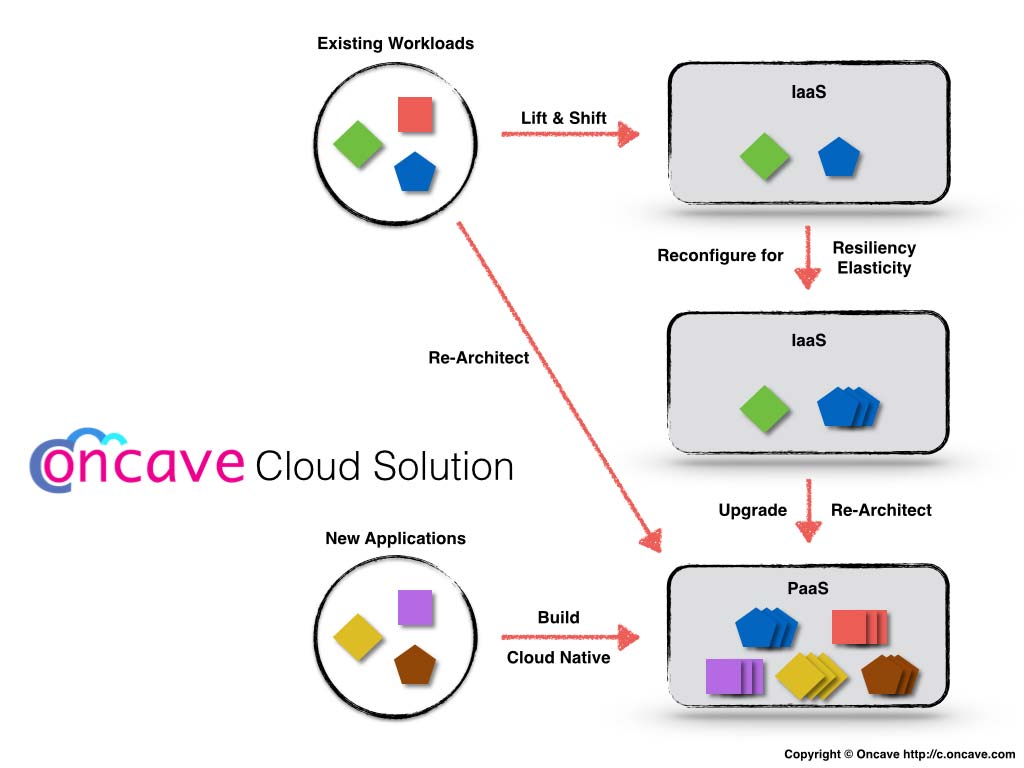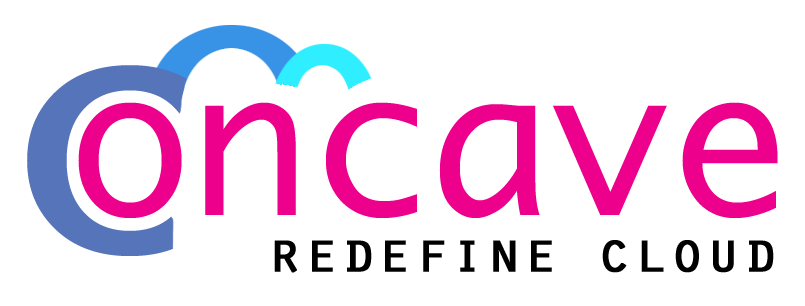Cloud migrations does not happen overnight. Given the complexity and the ever growing number of cloud services offered from different cloud providers, it is important that cloud migration is approached as a simplified step-by-step process. No matter which cloud provider you choose, whether it be AWS, Azure, Google or from the multitude of Open Stack/Cloud Foundry based providers, a simplified step-by-step approach is the key to successful migration and tenancy in the cloud. Below picture shows our approach for cloud migration and transition.
 Lift and Shift
Lift and Shift
For migrating existing workloads from on-premise data centers or other IaaS infrastructure, Lifting and Shifting could be considered as a first resort. Packaged and home grown applications that are deployed in traditional infrastructure or virtualized environments could be identified as candidates for this approach of migration. It might involve preparation steps based on the target environment. A thorough analysis of the differing aspects of the source and target environment and laying out those steps is important for a successful migration. Such migration takes advantage of the IaaS services provided by the cloud. This method provides immediate cost savings if the workloads are coming from traditional data centers since the Capex costs are immediately cut.
Reconfiguration
The workloads that are Lifted and Shifted could be put into further tests to see if they can take advantage of two great features of the cloud that is resiliency and elasticity. Elasticity makes sure the application loads are handled by spanning instances or in other words scaling. Resiliency makes sure the application is redundant from failures. Some of the workloads could be reconfigured to add resiliency and elasticity. There might be some applications that would require a larger effort to configure than what it is worth. So, evaluate which applications could be reconfigured. This migration step is important to consider since it translates to operational SLAs which is a key metric.
Upgrade / Re-Architect
Upgrade the lifted and shifted applications to take full advantage of the cloud services and the capabilities of PaaS. This normally involves re-architecting the whole application or parts of it. This approach comes with a cost and it is expensive. An application could be re-architected directly without lifting and shifting. Usually there are business drivers that might warrant re-architecture effort. Again, identifying the nature of the workload being migrated is required to determine whether or not to take this approach.
Build Cloud Native
For new applications, building it cloud native is ideal to take advantage of the full features of PaaS. Such applications are built for resiliency and elasticity from the ground up. Building the applications with Serverless architectures like AWS Lambda, Google Serverless and Azure Functions lets you create your great ideas and take it to your customers quicker rather than spending time in managing infrastructure. What a cost saving since you pay only for the compute cycle, storage and bandwidth used with Serverless architectures.
We at Oncave, assess, evaluate and device a success path for your organization’s move to the cloud. And help you stay there as happy tenants. Happy Migration!.

